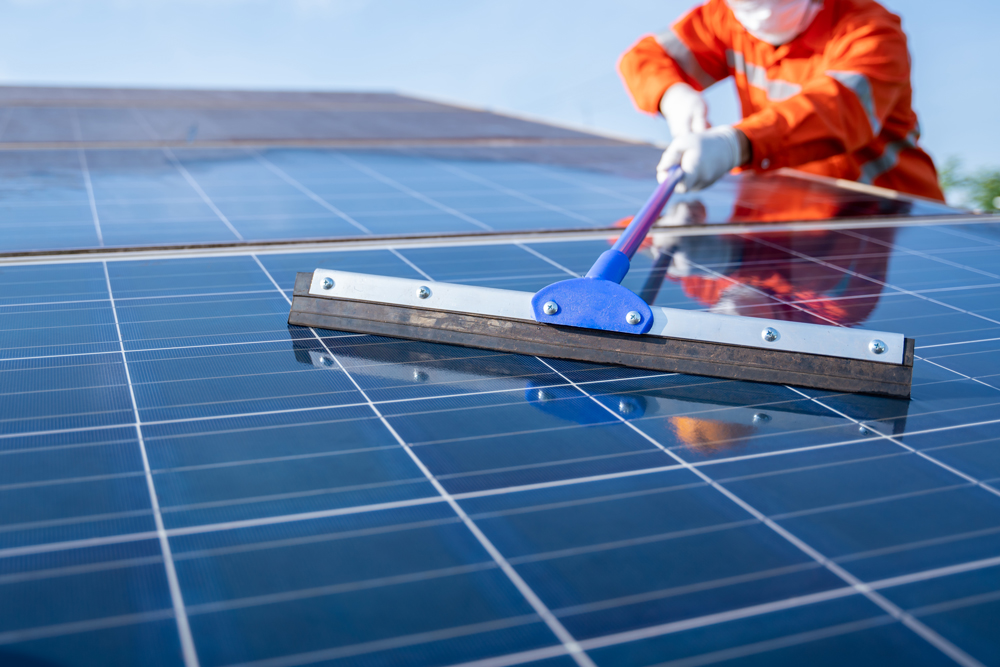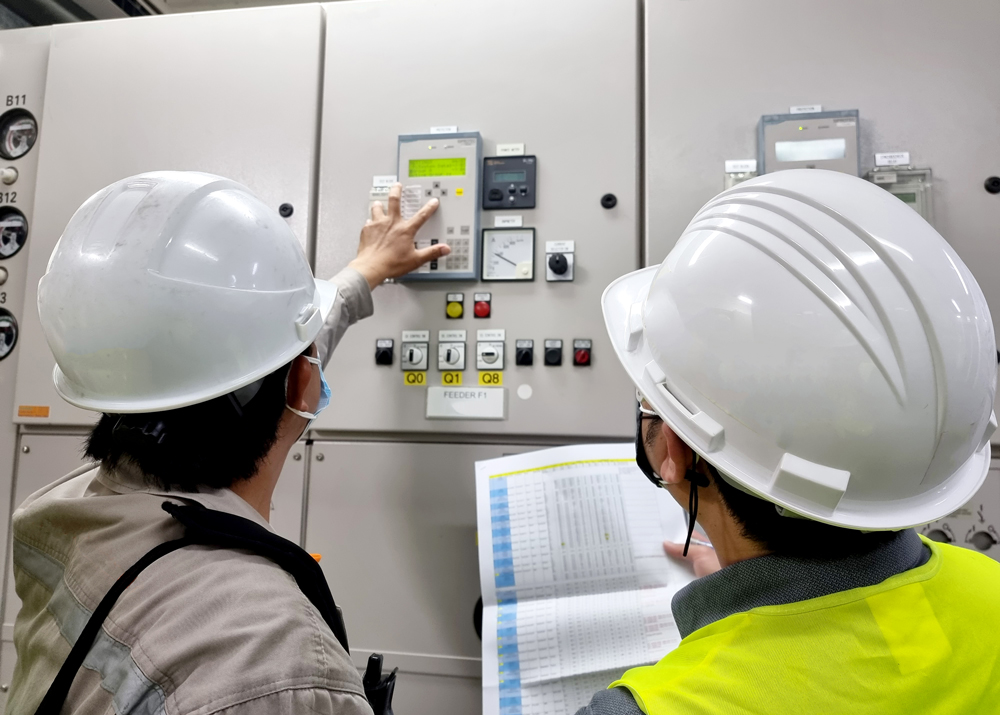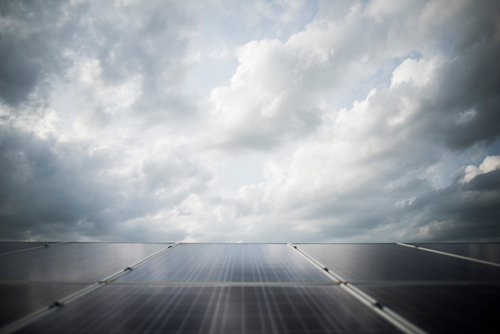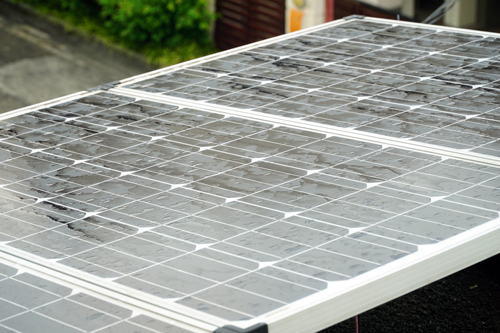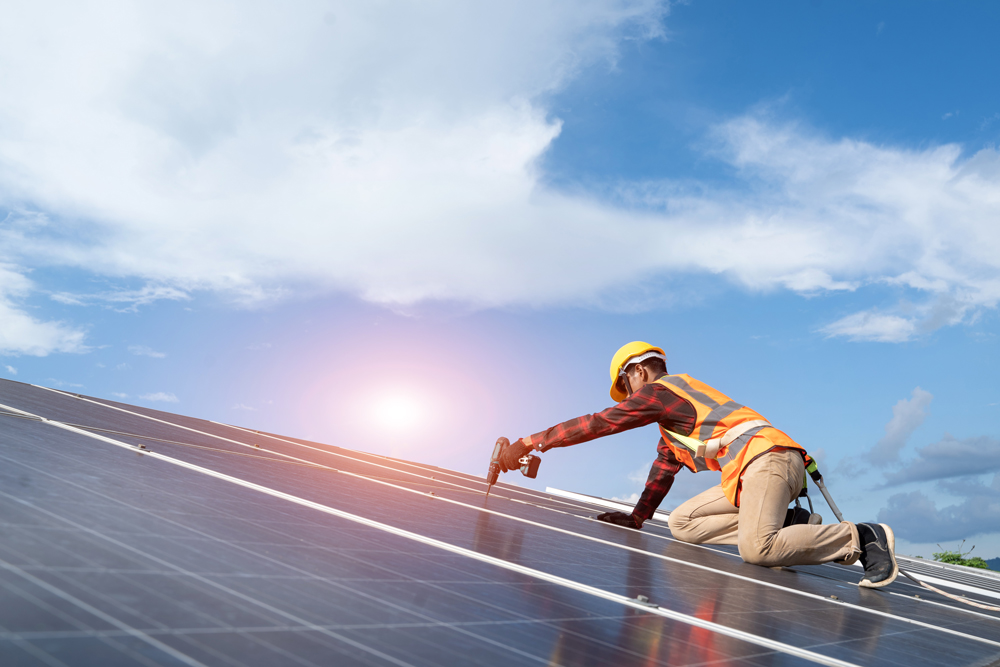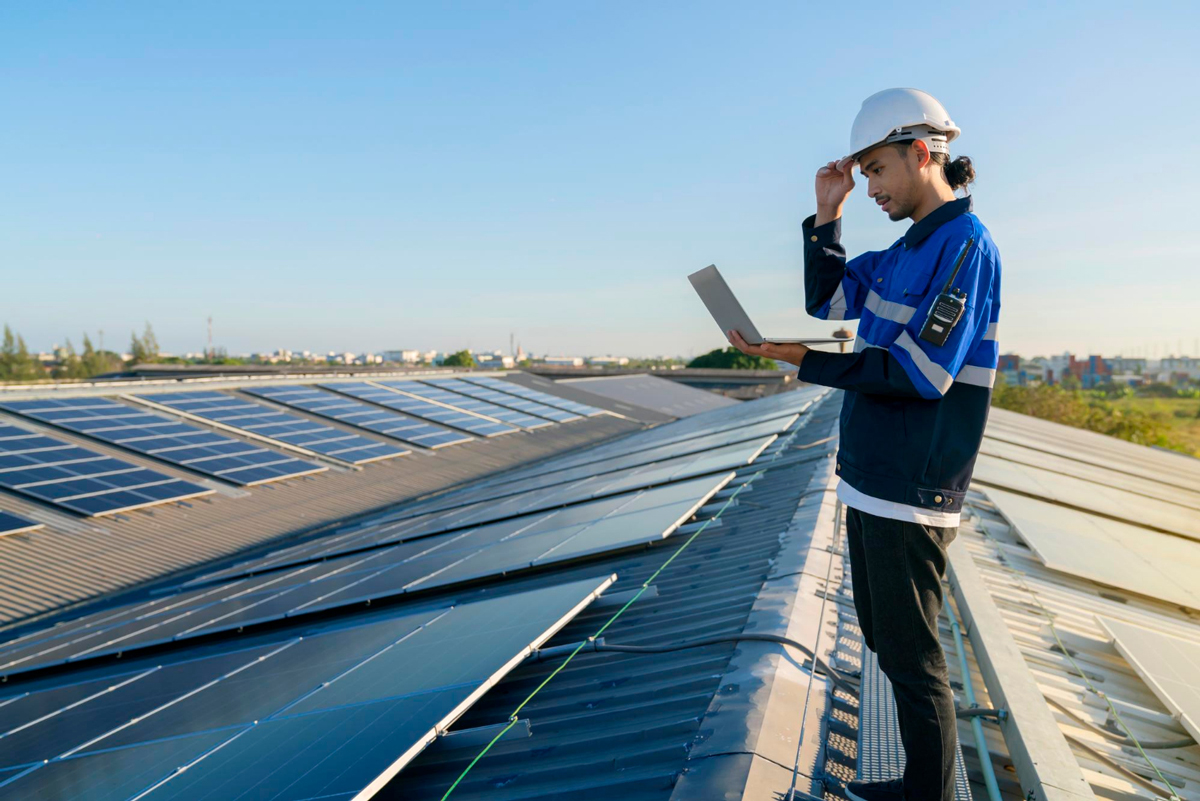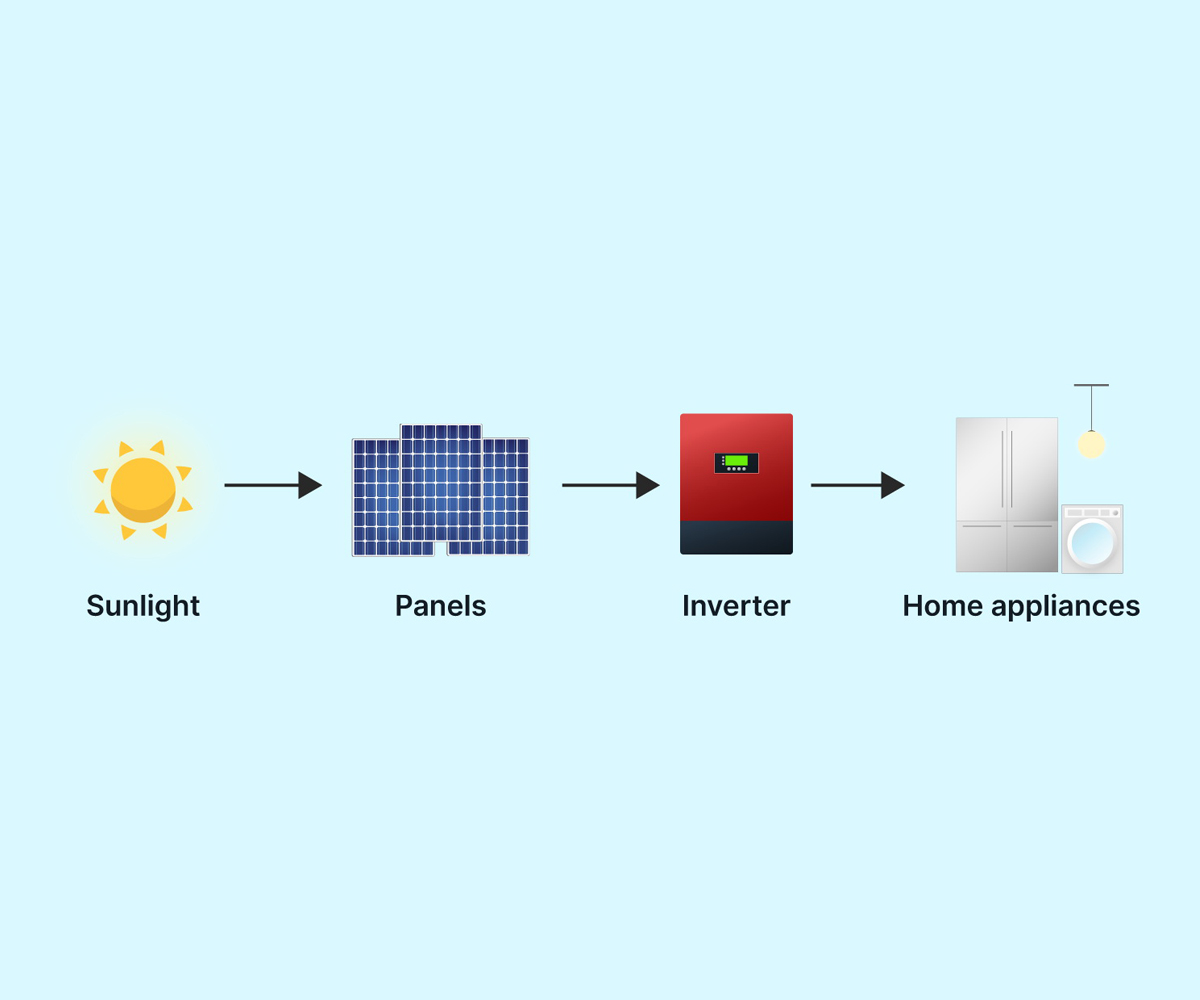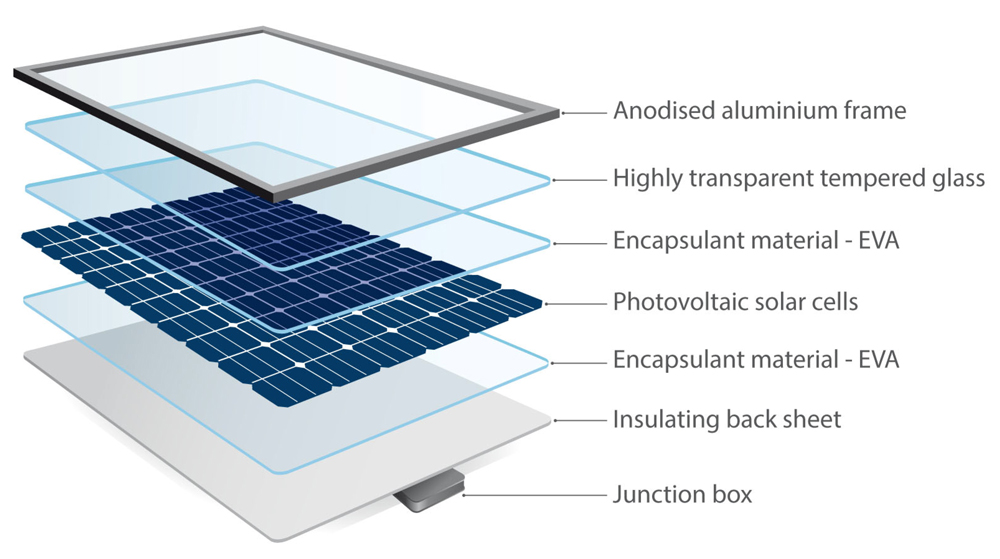ESG stands for Environmental, Social, and Governance, and it represents a framework for evaluating the sustainability and ethical impact of an investment or business.
The importance of ESG can be summarized in several key insights:
- Risk Management: ESG factors can help investors and businesses identify and mitigate risks. For example, companies with poor environmental practices may face regulatory fines, reputational damage, or supply chain disruptions. Good ESG practices can reduce these risks.
- Long-Term Performance: Companies that prioritize ESG considerations are often better positioned for long-term success. Sustainable practices can lead to cost savings, innovation, and improved customer and employee relations, ultimately enhancing financial performance.
- Investor and Consumer Preferences: Investors are increasingly interested in aligning their investments with their values. Similarly, consumers are more likely to support businesses that demonstrate ESG commitment. Meeting these preferences can lead to increased investment capital and customer loyalty.
- Regulatory Compliance: Governments and regulators are increasingly implementing ESG-related requirements and reporting standards. Companies that ignore ESG considerations may face legal and financial consequences.
- Stakeholder Engagement: Engaging with various stakeholders, including employees, customers, and communities, is essential for building trust and maintaining a positive reputation. Companies that address ESG issues are more likely to build strong relationships with stakeholders.
- Competitive Advantage: ESG can provide a competitive advantage by attracting talent, customers, and investors. It can also help companies differentiate themselves in the market.
- Global Challenges: ESG is closely tied to addressing global challenges like climate change, social inequality, and corporate corruption. Companies that contribute positively to solving these issues are more likely to be seen as responsible and forward-thinking.
Recent Market Trend of Gen Z's

Gen Z’s Concerns About Climate Change
According to a recent survey by the Pew Research Center, Gen Z is the most likely generation to say that climate change is a top concern. 66% of Gen Z respondents said that climate change is a top concern, compared to 53% of Millennials, 38% of Gen X, and 25% of Baby Boomers and older adults. They are more likely to believe that climate change is caused by human activity.
According to a recent survey by the Pew Research Center, Gen Z is the most likely generation to say that climate change is a top concern. 66% of Gen Z respondents said that climate change is a top concern, compared to 53% of Millennials, 38% of Gen X, and 25% of Baby Boomers and older adults. They are more likely to believe that climate change is caused by human activity.
Gen Z’s Preferences for Eco-Friendly Products
Gen Z is also the most likely generation to say that they are willing to pay more for eco-friendly products. A recent survey by IBM found that 72% of Gen Z respondents are willing to pay more for eco-friendly products, compared to 61% of Millennials, 48% of Gen X, and 36% of Baby Boomers and older adults. They are more likely to believe that businesses have a responsibility to reduce their environmental impact. They are more likely to be willing to support businesses that are taking steps to be more sustainable.
Gen Z is also the most likely generation to say that they are willing to pay more for eco-friendly products. A recent survey by IBM found that 72% of Gen Z respondents are willing to pay more for eco-friendly products, compared to 61% of Millennials, 48% of Gen X, and 36% of Baby Boomers and older adults. They are more likely to believe that businesses have a responsibility to reduce their environmental impact. They are more likely to be willing to support businesses that are taking steps to be more sustainable.
Gen Z’s Involvement in Climate-Related Activism
Gen Z is also the most likely generation to be involved in climate-related activism. A recent survey by the Pew Research Center found that 32% of Gen Z respondents have done something to address climate change in the past year, such as donating money, volunteering, contacting an elected official, or attending a rally or protest. This is compared to 28% of Millennials, 23% of Gen X, and 18% of Baby Boomers and older adults.
Gen Z is also the most likely generation to be involved in climate-related activism. A recent survey by the Pew Research Center found that 32% of Gen Z respondents have done something to address climate change in the past year, such as donating money, volunteering, contacting an elected official, or attending a rally or protest. This is compared to 28% of Millennials, 23% of Gen X, and 18% of Baby Boomers and older adults.
Is ESG Exclusive to Large Corporations, or Should MSMEs Embrace ESG?
No, ESG (Environmental, Social, and Governance) principles are not exclusive to large corporations. They are relevant and beneficial for Micro, Small, and Medium Enterprises (MSMEs) as well. In fact, MSMEs can derive significant advantages from integrating ESG practices into their operations and business strategies.
The Indian government has recognized the significance of ESG for MSMEs and provides substantial support through a range of schemes and initiatives:
- Financial Assistance: MSMEs in India can access various financial aid options for ESG projects. The government typically offers between 25% to 50% of project costs as grants or subsidies. For example, the SIDBI Green Finance Scheme provides loans at a 7% concessional interest rate, with a 25% interest rate subsidy. Eligibility criteria include MSME registration, a viable project plan, and the ability to meet repayment terms. Over 50,000 MSMEs received financial assistance in the past year (2022-23).
- Research and Development Grants: Government agencies and private organizations provide grants for MSMEs involved in green tech R&D. Over 1,000 MSMEs benefited from these grants in the past year (2021-22).
- Certification and Compliance Support: Government agencies offer support to help MSMEs meet ESG-related certifications and standards. Over 20% of Indian MSMEs achieved ESG-related certifications in the past year (2022-23).
- Special Economic Zones (SEZs): SEZs offer benefits like customs and excise duty exemptions, 100% income tax exemption for the first 5 years, and 50% for the next 5 years, reduced income tax rates on domestic sales, deferred VAT, and service tax exemptions. These incentives make SEZs attractive for sustainable business growth.
- Export Promotion: Government schemes like the Market Access Initiative (MAI) provide financial aid for MSMEs to participate in international trade events and develop export marketing strategies. Exports of eco-friendly products by MSMEs grew by 15% in the past year (2022-23).
- Credit Guarantee Schemes: The Credit Guarantee Fund Scheme for Micro and Small Enterprises (CGTMSE) offers collateral-free loans for MSMEs engaged in green and sustainable projects.


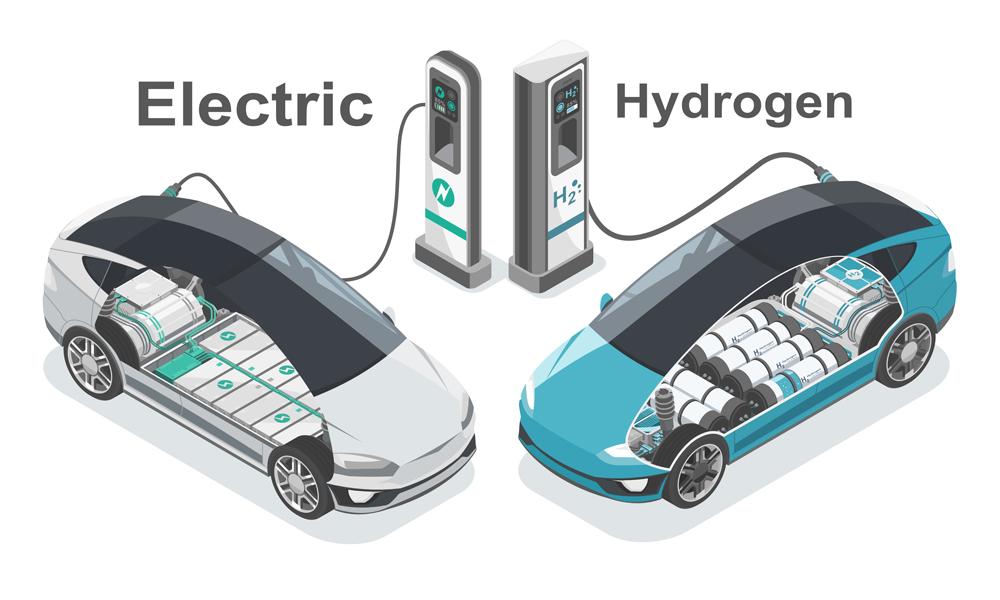

 BEVs: The production cost of BEVs in India can range from approximately Rs. 7 lakh for a hatchback to Rs. 35 lakh for a premium SUV. In BEVs, the battery is typically the most expensive component. The cost of batteries has been decreasing over time due to advancements in technology and economies of scale, but it still accounts for a significant portion of the total cost of the vehicle.
BEVs: The production cost of BEVs in India can range from approximately Rs. 7 lakh for a hatchback to Rs. 35 lakh for a premium SUV. In BEVs, the battery is typically the most expensive component. The cost of batteries has been decreasing over time due to advancements in technology and economies of scale, but it still accounts for a significant portion of the total cost of the vehicle. BEVs: The maintenance and repair cost of BEVs in India is generally lower compared to conventional gasoline vehicles since they have fewer moving parts and require less frequent oil changes and other routine maintenance. However, the cost of replacing the battery can be significant, depending on the model and manufacturer. For example, the cost of replacing the battery of a Tata Nexon EV with a 30.2 kWh battery can be around Rs. 2 lakhs to Rs 2.5 lakhs.
BEVs: The maintenance and repair cost of BEVs in India is generally lower compared to conventional gasoline vehicles since they have fewer moving parts and require less frequent oil changes and other routine maintenance. However, the cost of replacing the battery can be significant, depending on the model and manufacturer. For example, the cost of replacing the battery of a Tata Nexon EV with a 30.2 kWh battery can be around Rs. 2 lakhs to Rs 2.5 lakhs.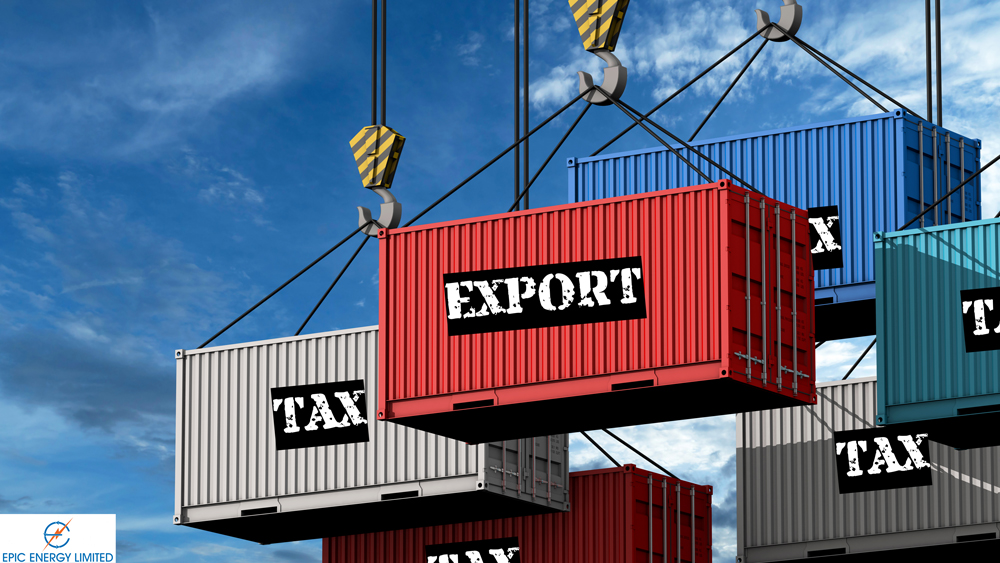
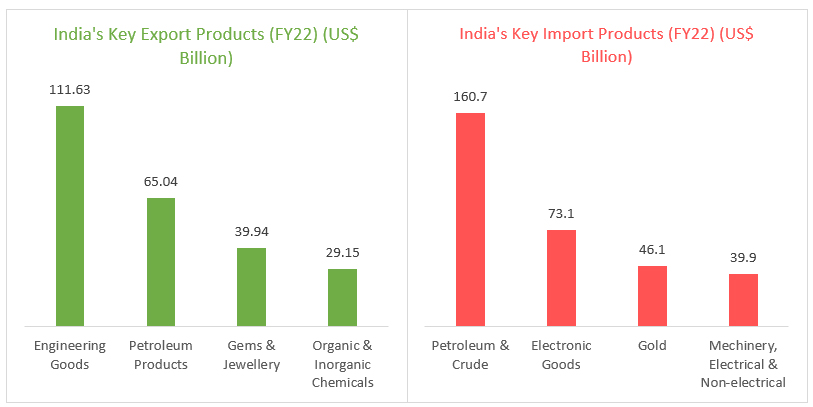
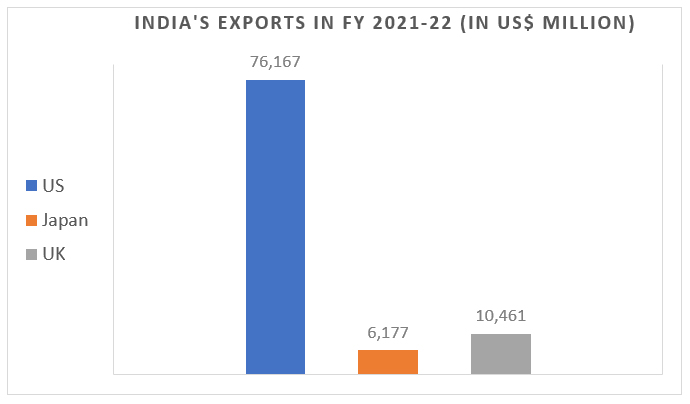
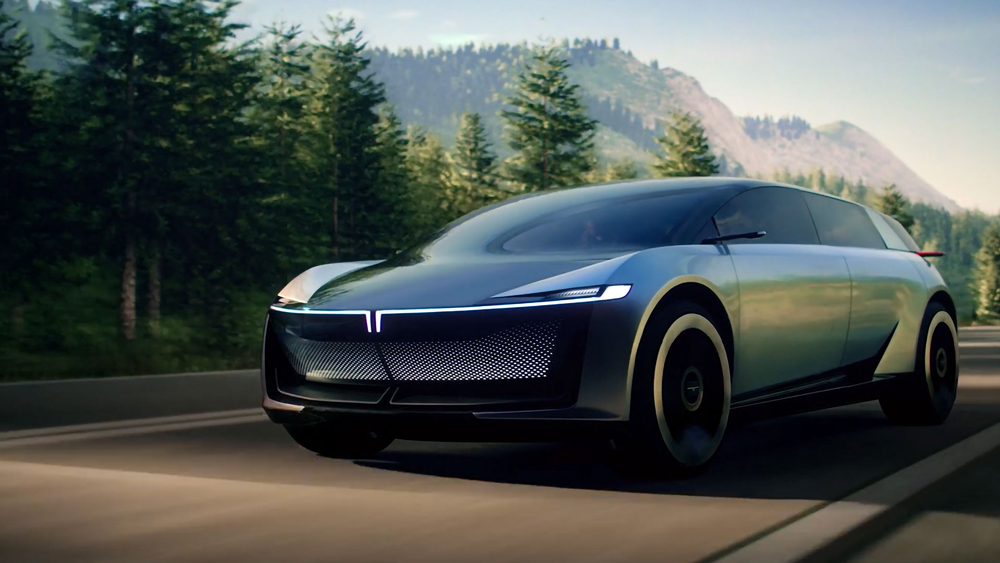
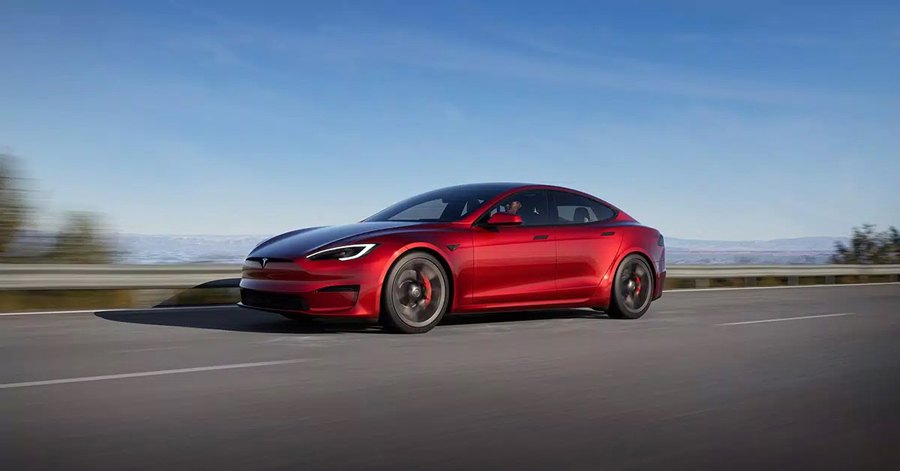


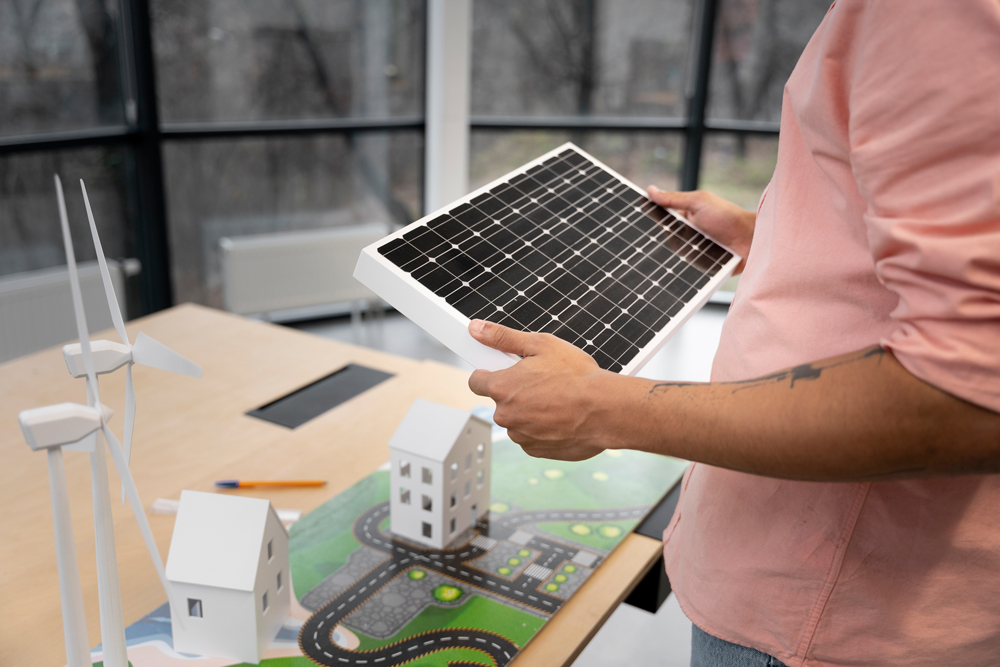


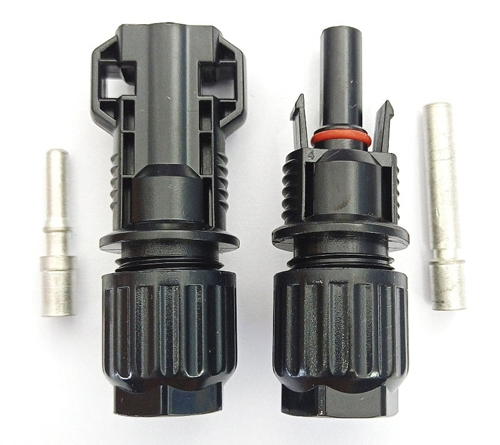
 b) Circuit breakers: Circuit breakers are electrical switches that automatically disconnect the circuit when it detects an electrical fault or overload, preventing damage to the system or appliances. Types of circuit breakers power rating: In India, MCBs come in different power ratings like are 6A, 10A, 16A, 20A, 25A, 32A, 40A, 50A, 63A, and 100A. When selecting an MCB for your electrical circuit, it’s important to choose an MCB with a power rating that matches the load of the circuit. It’s important to consult with a licensed electrician to determine the appropriate power rating of the MCB for your specific application to ensure proper protection of your electrical equipment and safety.
b) Circuit breakers: Circuit breakers are electrical switches that automatically disconnect the circuit when it detects an electrical fault or overload, preventing damage to the system or appliances. Types of circuit breakers power rating: In India, MCBs come in different power ratings like are 6A, 10A, 16A, 20A, 25A, 32A, 40A, 50A, 63A, and 100A. When selecting an MCB for your electrical circuit, it’s important to choose an MCB with a power rating that matches the load of the circuit. It’s important to consult with a licensed electrician to determine the appropriate power rating of the MCB for your specific application to ensure proper protection of your electrical equipment and safety. 